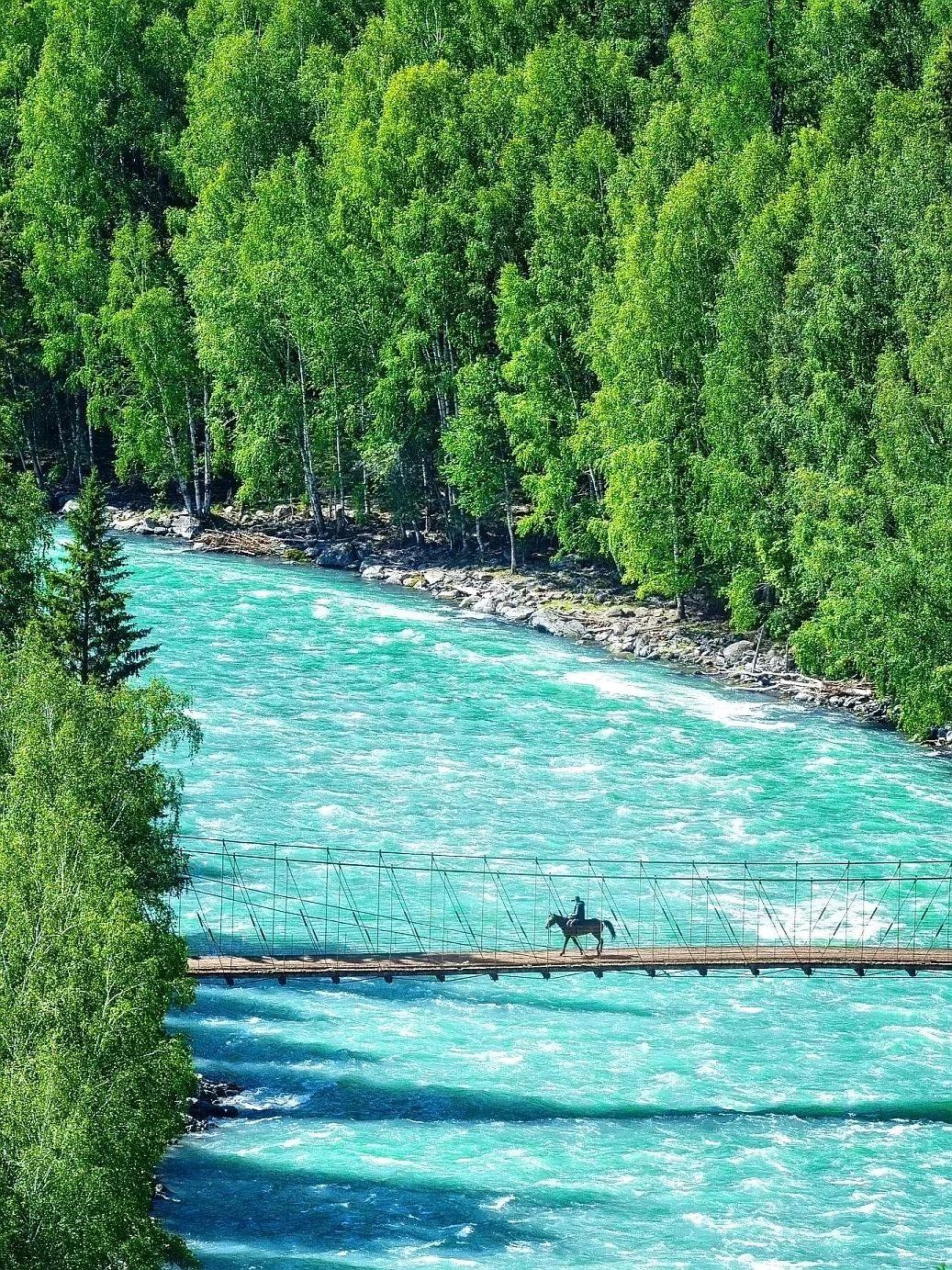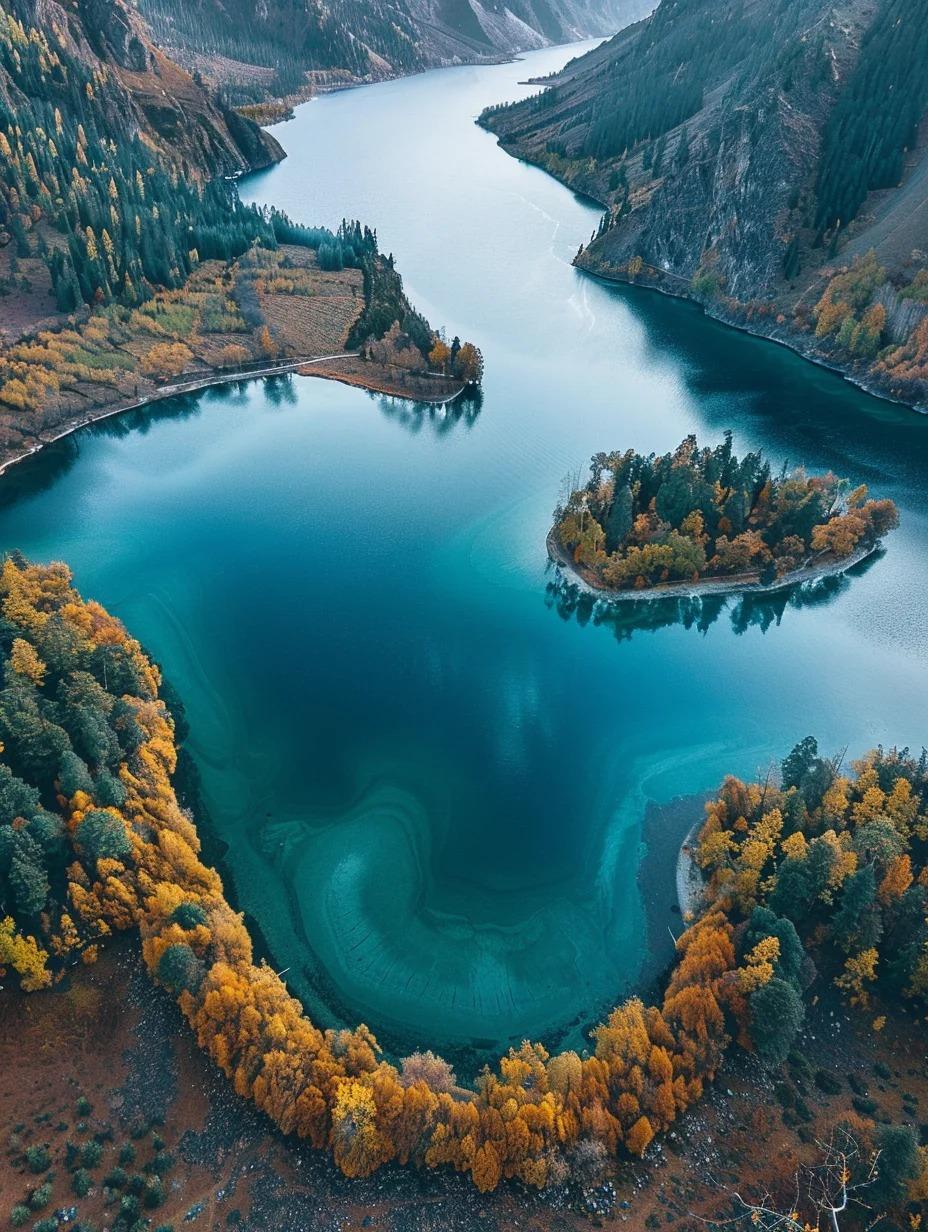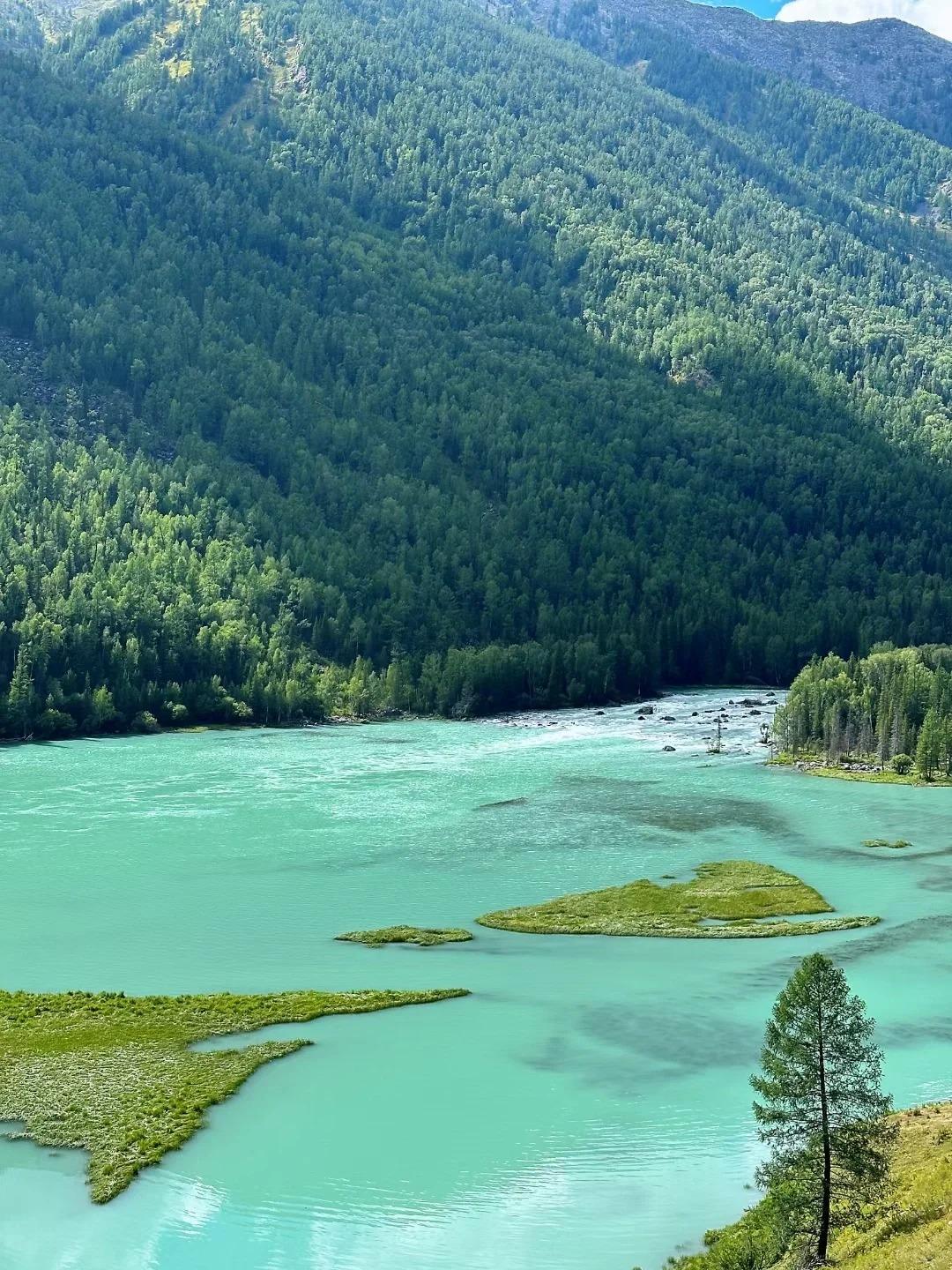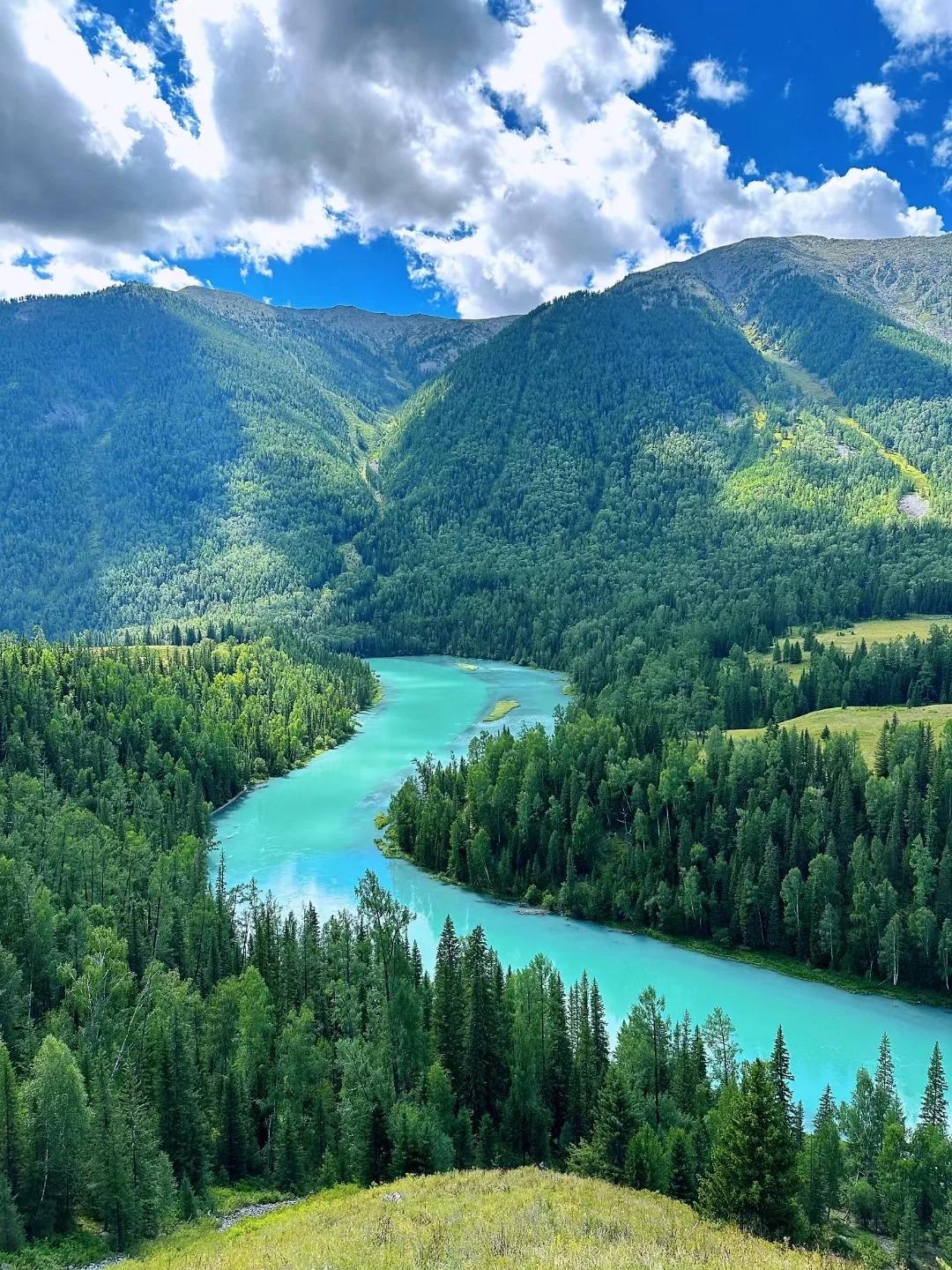Introduction to Kanas
Nestled in the northernmost corner of Xinjiang Uygur Autonomous Region, Kanas Nature Reserve is a hidden gem of breathtaking beauty. This remote wonderland, bordering Kazakhstan, Russia, and Mongolia, offers visitors an unparalleled experience of untouched nature. With its crystal-clear lake, snow-capped mountains, and lush forests, Kanas is a testament to China’s diverse and awe-inspiring landscapes.

Geographical Features
The crown jewel of the region is Kanas Lake, a crescent-shaped body of water renowned for its ever-changing hues. Fed by glacial meltwater, the lake’s color shifts from emerald green to deep blue throughout the day, creating a mesmerizing spectacle for onlookers.
| Kanas Lake Facts | |
|---|---|
| Altitude | 1,374 meters |
| Length | 24 kilometers |
| Maximum depth | 188.5 meters |
Surrounding the lake are the majestic Altai Mountains, their peaks often shrouded in mist. Dense forests of Siberian pine and spruce blanket the lower slopes, creating a picturesque backdrop that seems plucked from a fairytale.

Flora and Fauna
Kanas boasts an impressive biodiversity, with over 800 plant species thriving in its varied ecosystems. From delicate alpine flowers to ancient conifers, the region is a botanist’s dream.
Wildlife enthusiasts will delight in the area’s fauna:
- Siberian moose
- Snow leopards (rare sightings)
- Various bird species, including golden eagles
Perhaps the most intriguing resident is the legendary “Kanas Lake Monster.” While likely a large species of fish, tales of this mysterious creature add an element of mystique to the area.

Cultural Significance
The Kanas region is home to the Tuva people, an ethnic minority with a rich cultural heritage. Their traditional lifestyle, centered around herding and hunting, has remained largely unchanged for centuries.
Historically, Kanas served as a crucial passage along the ancient Silk Road, facilitating trade and cultural exchange between China and Central Asia.
Top Attractions for Visitors
Kanas offers a plethora of scenic wonders:
- Wolong Bay: Famous for its “crouching dragon” rock formation
- Moon Bay: A serene crescent-shaped bay perfect for photography
- Guanyu Pavilion: Offers panoramic views of the lake and surrounding mountains
Popular activities include:
- Hiking through pristine forests
- Boating on Kanas Lake
- Photography tours to capture the region’s ever-changing beauty

Best Times to Visit and Practical Travel Tips
Kanas is a year-round destination, each season offering a unique experience:
| Season | Highlights |
|---|---|
| Spring | Blossoming wildflowers, mild weather |
| Summer | Lush greenery, ideal for outdoor activities |
| Autumn | Spectacular fall foliage, crisp air |
| Winter | Snow-covered landscapes, winter sports |
For optimal weather and scenery, plan your visit between June and September.
Travel tips:
- Fly to Kanas Airport or take a bus from Urumqi
- Book accommodations in advance, especially during peak seasons
- Prepare for altitude changes and bring appropriate clothing

Conservation Efforts and Responsible Tourism
As Kanas gains popularity, conservation has become increasingly important. The local government has implemented strict environmental protection measures:
- Limiting daily visitor numbers
- Establishing designated hiking trails
- Promoting eco-friendly accommodations
Visitors can contribute to conservation efforts by:
- Staying on marked trails
- Properly disposing of waste
- Respecting wildlife and local customs
By practicing responsible tourism, we can help preserve Kanas’s pristine beauty for future generations.
In conclusion, Kanas Nature Reserve offers a rare glimpse into a world where nature reigns supreme. Its stunning landscapes, rich biodiversity, and cultural significance make it a must-visit destination for those seeking to experience China’s wild and untamed beauty. As you plan your journey to this northern paradise, remember that you’re not just a visitor, but a steward of this remarkable ecosystem.






